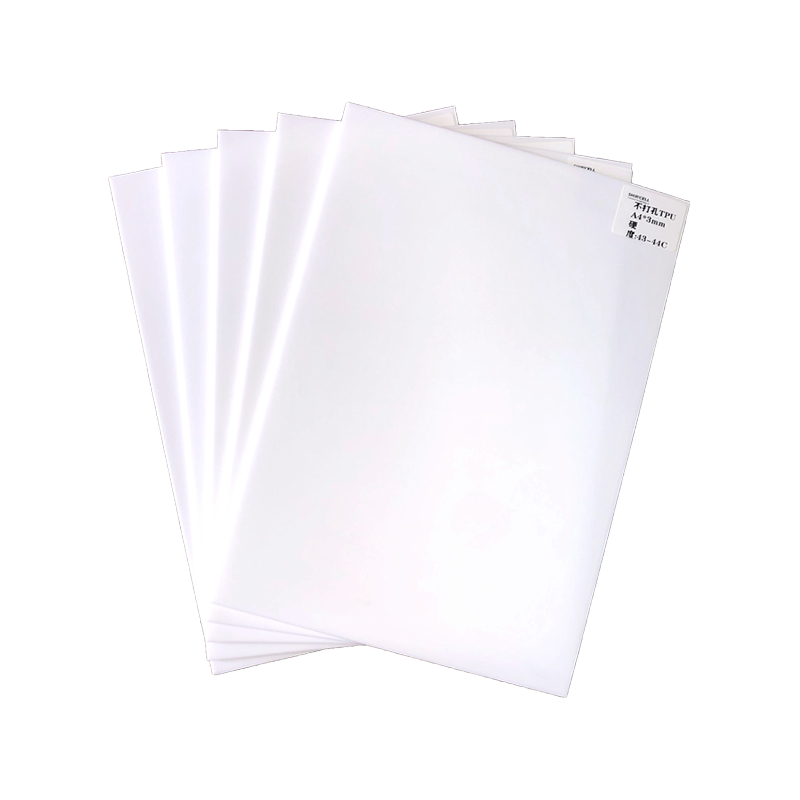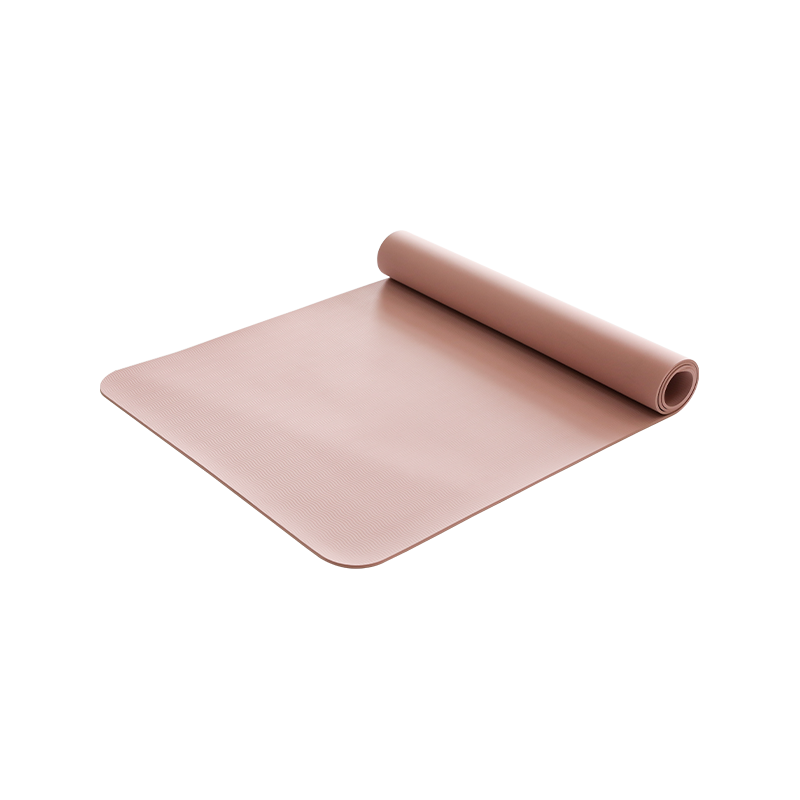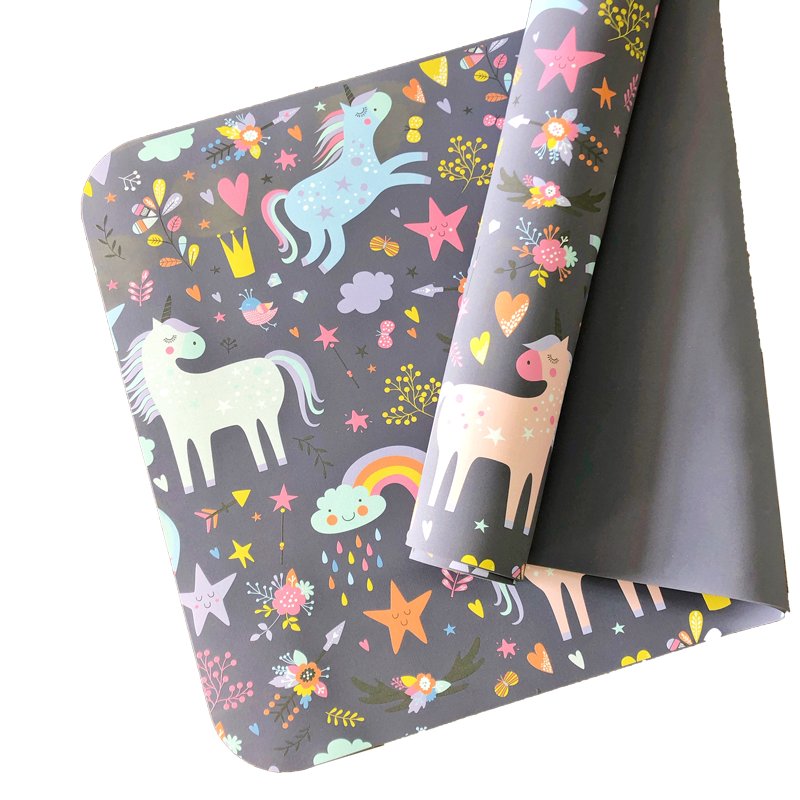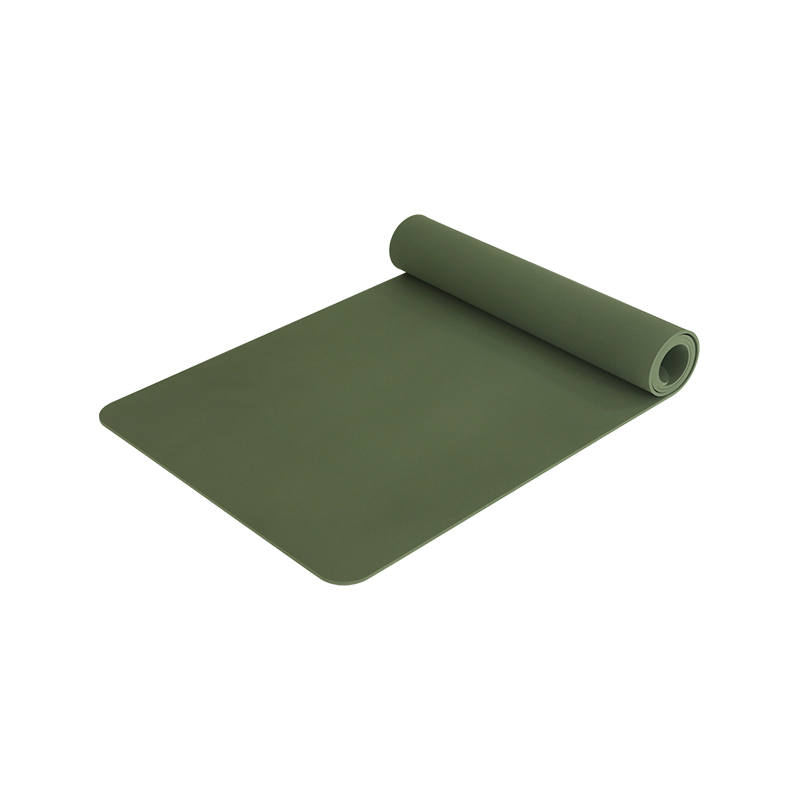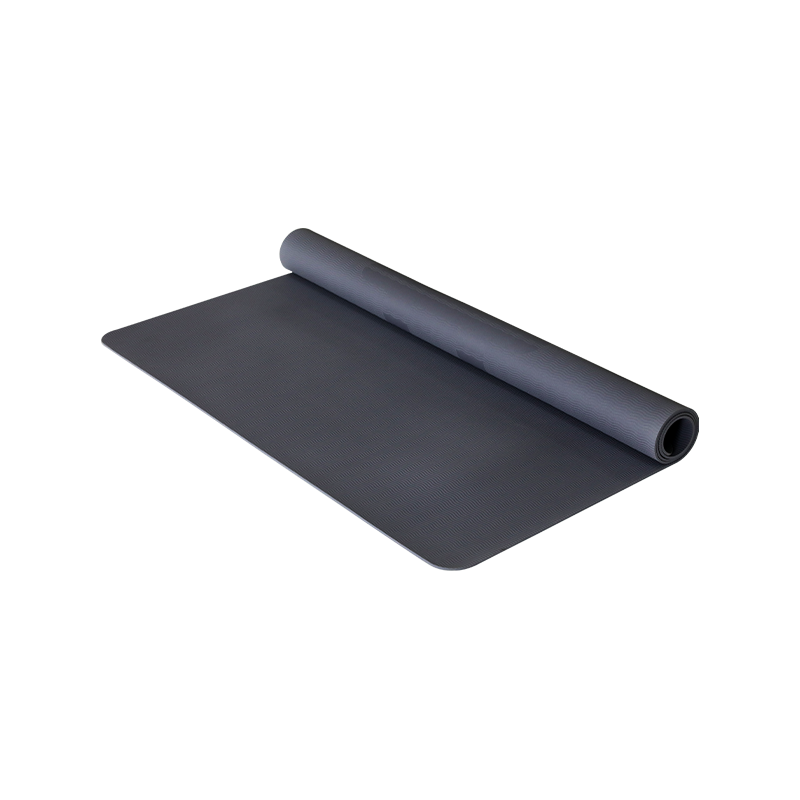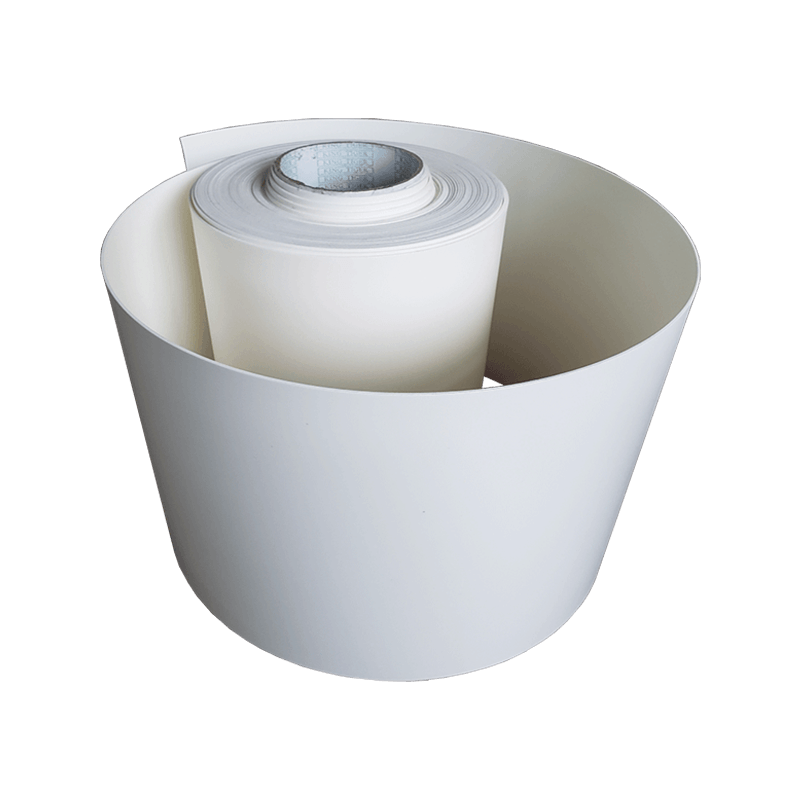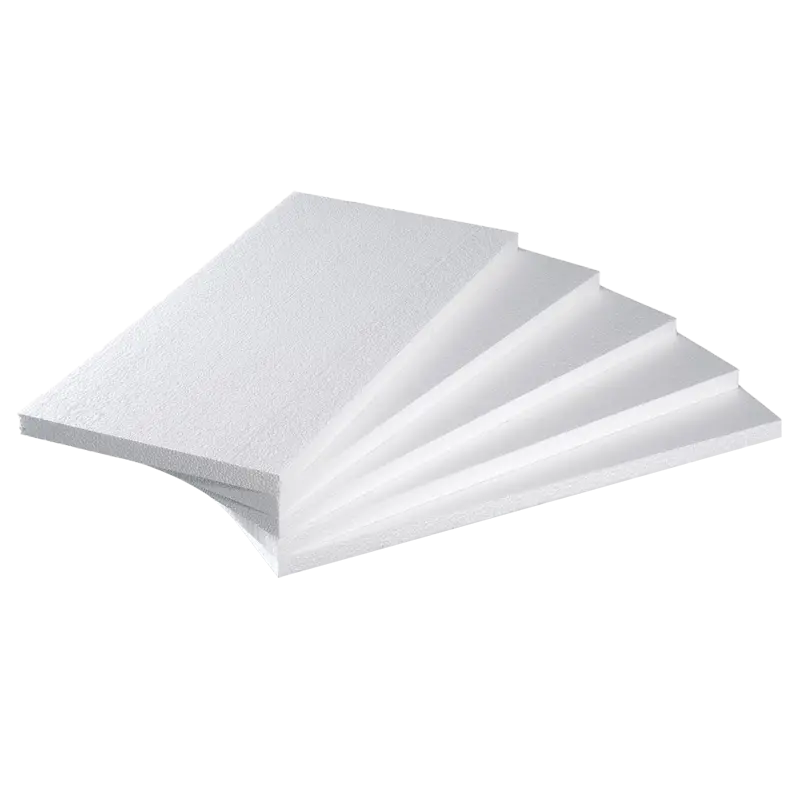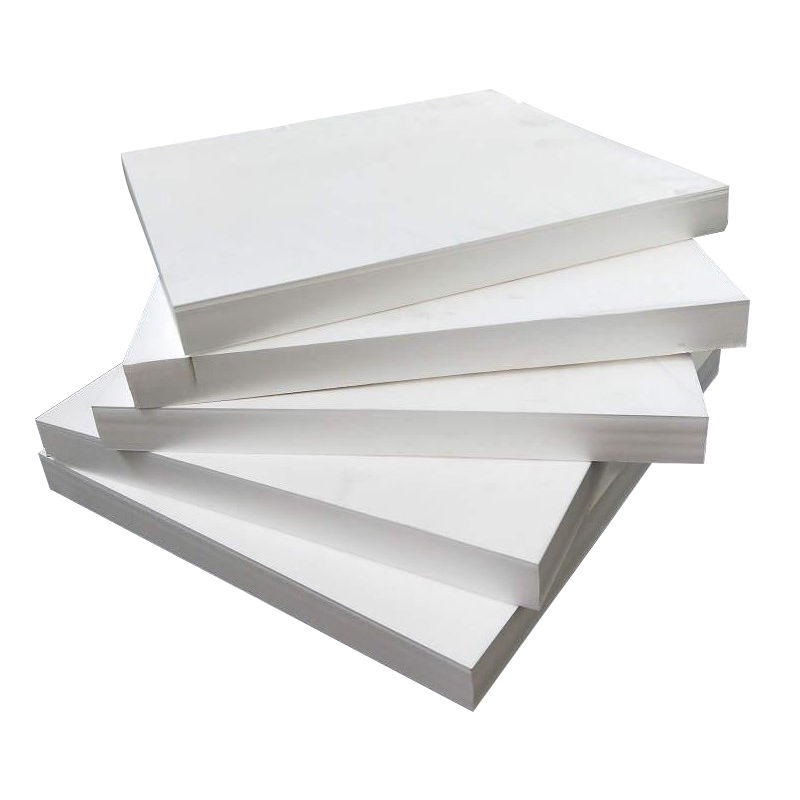Home / News / What Is m-tpu Foam Sheet and How Can It Benefit Your Industry?
In today’s industrial landscape, material innovation plays a crucial role in enhancing product performance, sustainability, and cost-efficiency. Among the advanced materials gaining traction across various sectors is m-tpu foam sheet (microcellular thermoplastic polyurethane foam), a versatile material known for its unique combination of elasticity, durability, and lightweight properties. Unlike traditional foams, m-tpu foam sheet offers superior shock absorption, chemical resistance, and design flexibility, making it an ideal choice for industries ranging from footwear to automotive manufacturing.
Understanding m-tpu Foam Sheet: Composition and Properties
M-tpu foam sheet is a microcellular foam derived from thermoplastic polyurethane (TPU), a polymer known for its elasticity, abrasion resistance, and ability to maintain performance under varying temperatures. The “microcellular” structure refers to its fine, closed-cell foam composition, which enhances cushioning while reducing weight.
Key Characteristics of m-tpu Foam Sheet
- Lightweight yet Durable – The microcellular structure provides strength without adding excessive weight, making it suitable for applications where load-bearing and flexibility are critical.
- Excellent Shock Absorption – Its energy-return properties make it ideal for impact-resistant applications, such as sports equipment and protective gear.
- Chemical and Weather Resistance – Unlike some traditional foams, m-tpu foam sheet resists oils, solvents, and UV degradation, ensuring long-term usability in harsh environments.
- Thermoformability – It can be easily molded into complex shapes, allowing for customized designs in manufacturing.
- Eco-Friendly Potential – Some variants are recyclable, aligning with sustainability initiatives in industries seeking greener material alternatives.
These properties make m-tpu foam sheet a compelling alternative to conventional materials like ethylene-vinyl acetate (EVA) or polyvinyl chloride (PVC) foam, particularly in industries where performance and longevity are paramount.
Key Applications Across Industries
The versatility of m-tpu foam sheet has led to its adoption in multiple sectors. Below are some of the most prominent applications:
1. Footwear and Sports Equipment
In the footwear industry, m-tpu foam sheet is widely used in midsoles, insoles, and cushioning components due to its superior energy return and durability. Athletic shoes, in particular, benefit from its shock-absorbing qualities, which enhance comfort and reduce fatigue during high-impact activities. Additionally, sports equipment such as helmet liners, knee pads, and protective gear utilize m-tpu foam for its lightweight yet protective nature.
2. Automotive and Transportation
Automotive manufacturers incorporate m-tpu foam sheet in seating systems, interior padding, and noise insulation components. Its vibration-dampening properties improve ride comfort, while its resistance to oils and temperature fluctuations ensures longevity in vehicle interiors. Electric vehicle (EV) manufacturers also favor this material for its ability to reduce weight without compromising safety.
3. Medical and Orthopedic Devices
The medical sector leverages m-tpu foam sheet for prosthetic liners, orthopedic supports, and pressure-relief padding. Its hypoallergenic and breathable nature makes it suitable for prolonged skin contact, while its cushioning properties aid in injury recovery and mobility support.
4. Industrial and Consumer Goods
From gaskets and seals to protective packaging, m-tpu foam sheet is used in industrial applications requiring resistance to wear and environmental factors. Consumer products such as ergonomic grips, tool handles, and electronic device casings also benefit from its durability and comfort-enhancing properties.
Advantages Over Traditional Foam Materials
M-tpu foam sheet stands out from conventional foams due to several performance-driven benefits:
1. Enhanced Durability and Longevity
Unlike EVA or PVC foam, which may degrade under repeated stress, m-tpu foam sheet maintains its structural integrity over time, reducing replacement frequency and long-term costs.
2. Superior Comfort and Performance
In applications like footwear and sports gear, m-tpu foam provides better energy return, minimizing fatigue and improving user experience compared to traditional cushioning materials.
3. Wider Environmental Adaptability
Its resistance to chemicals, moisture, and UV exposure makes it suitable for outdoor and industrial applications where other foams might fail.
4. Design Flexibility
Manufacturers can thermoform m-tpu foam sheet into intricate shapes, enabling innovative product designs without sacrificing performance.
Considerations for Implementation
While m-tpu foam sheet offers numerous advantages, selecting the right variant depends on specific application requirements:
- Density and Thickness – Different applications may require varying levels of firmness or cushioning.
- Processing Techniques – Thermoforming, die-cutting, and adhesive compatibility should be evaluated for seamless integration into production.
- Cost-Benefit Analysis – Although m-tpu foam sheet may have a higher initial cost than some alternatives, its durability and performance often justify the investment.
M-tpu foam sheet represents a significant advancement in foam material technology, offering a unique balance of lightweight construction, durability, and versatility. Its applications span multiple industries, from footwear and automotive to medical and industrial manufacturing, where performance and reliability are critical.
As industries continue to prioritize high-performance and sustainable materials, m-tpu foam sheet is poised to play an increasingly vital role in product innovation. Manufacturers looking to enhance their offerings with a material that combines resilience, comfort, and environmental adaptability should consider the benefits of m-tpu foam sheet in their next design cycle.
By understanding its properties and applications, businesses can make informed decisions that align with both performance needs and long-term sustainability goals.


 English
English
 Español
Español

 ++86-0512-66079229
++86-0512-66079229
